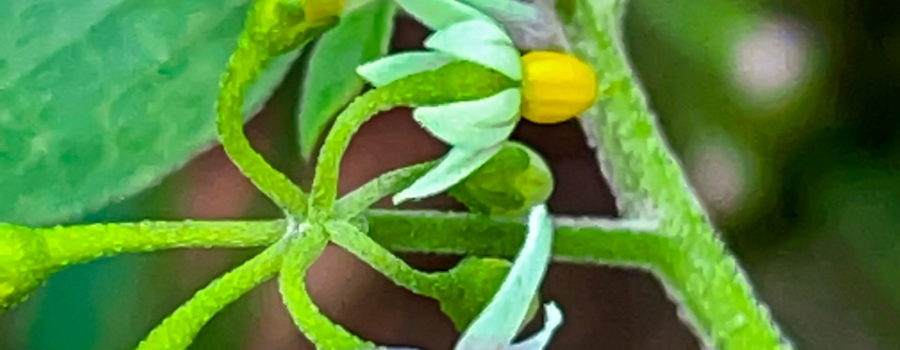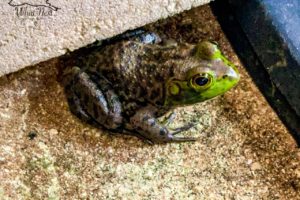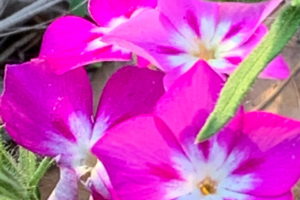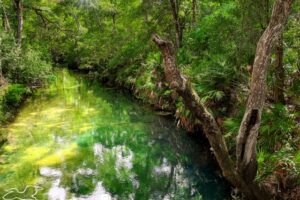American Black Nightshade: Beautiful, Great for Wildlife and Possibly Toxic

One of the very common plants up here in the sandhills of central Florida is American black nightshade (Solanum americanum). I was always told that this is a poisonous plant that should be avoided and generally not even touched. Furthermore, I’ve been told that the leaves are quite toxic, as are the unripened berries, and that although the ripe berries are less toxic, that they should still be avoided by people and livestock. I’ve never been one to destroy things, and these plants are too numerous up here to be able to pull them all up anyway, but I did worry about the goats deciding to eat some of them. And I knew that there were lots of species of wildlife that use them for food and sometimes for shelter. Since there was always plenty to eat around here I figured that the goats would probably leave it alone.

When I was out taking photos of the butterflies and other pollinators, I also took some shots of the American nightshade. After all, it’s a fairly attractive plant with it’s pretty little white flowers and shiny berries. It also attracts quite a few bees, especially bumblebees, since they are “buzz pollinators” and their buzzing vibrations are needed to release the pollen from the flower’s anthers. Even though this is a plant that I learned about many years ago and felt quite familiar with, I did some research before I began to write this post, and boy did I get a surprise. Some of the sites that I looked at gave me the information that I was familiar with; the plant is toxic and not to be messed with, especially by children who can die after eating only two berries. But several other sites spoke of how nutritious this plant is, how many different medicinal uses it has, and even how best to prepare it! One site that I discovered actually sells seeds for gardeners and herbalists to grow to produce their own plants. I was shocked! From what I can figure out after some pretty extensive study, this plant can have quite a few subspecies and serotypes and there are varying levels of toxicity. All sources do tend to agree that it’s best to let the green berries ripen and that it’s best to keep this plant out of the reach of children.

American nightshade can be found in much of the eastern United States and in southern parts of the western United States. It’s also found in Hawaii, and south into Mexico and Central America. Other, closely related nightshades can be found throughout much of the tropical and subtropical world. This plant will grow in almost any soil type, but it will get larger in areas where the soil is richer. It likes reasonable moisture, but does not tolerate standing water well. It prefers direct sunlight to partial shade so it is often found alongside roads, in pastures and farm fields, woods edges or clearings, along power line right of ways, and even alleys and waste sights in urban areas. It is considered to be either an annual or a short lived perennial and it reproduces via the hundreds of small seeds contained in each berry.

As stated earlier, American black nightshade is attractive to quite a few types of wildlife throughout it’s lifecycle. The flowers are used by many of the pollinators. Additionally, there are several types of beetles and moth caterpillars that feed on the leaves. The ripe berries, however, are the most common foodstuff for wildlife. The berries are consumed by quite a few birds including wild turkey, wood ducks, and northern cardinals. Of course quite a few mammals including white tailed deer, raccoons, skunks, and a host of mice and other rodents also consume the berries. The seeds are quite capable of surviving the digestive process, so all of these consumers of berries are incredibly important for the continued survival of this plant.

Whether you are one who considers this plant edible for humans or not, it definitely benefits many of our wildlife species. I personally, have no desire to sample American black nightshade, but if you happen to be someone who does, I strongly recommend that you first contact a knowledgeable botanist or herbalist who is familiar with the variety that grows in your area. These people can tell you if your local variety can be eaten, and if so what the best ways are to prepare it for both a good flavor and least possible toxicity. As for me, I think I’ll just stick to potatoes and tomatoes, which are also members of the nightshade family and known to be nontoxic!

If you happen to enjoy beautiful nature photography and artwork along with engaging and interesting nature and animal related content, then you will love this blog. Subscribe below to make sure you never miss an episode!





Recent Comments